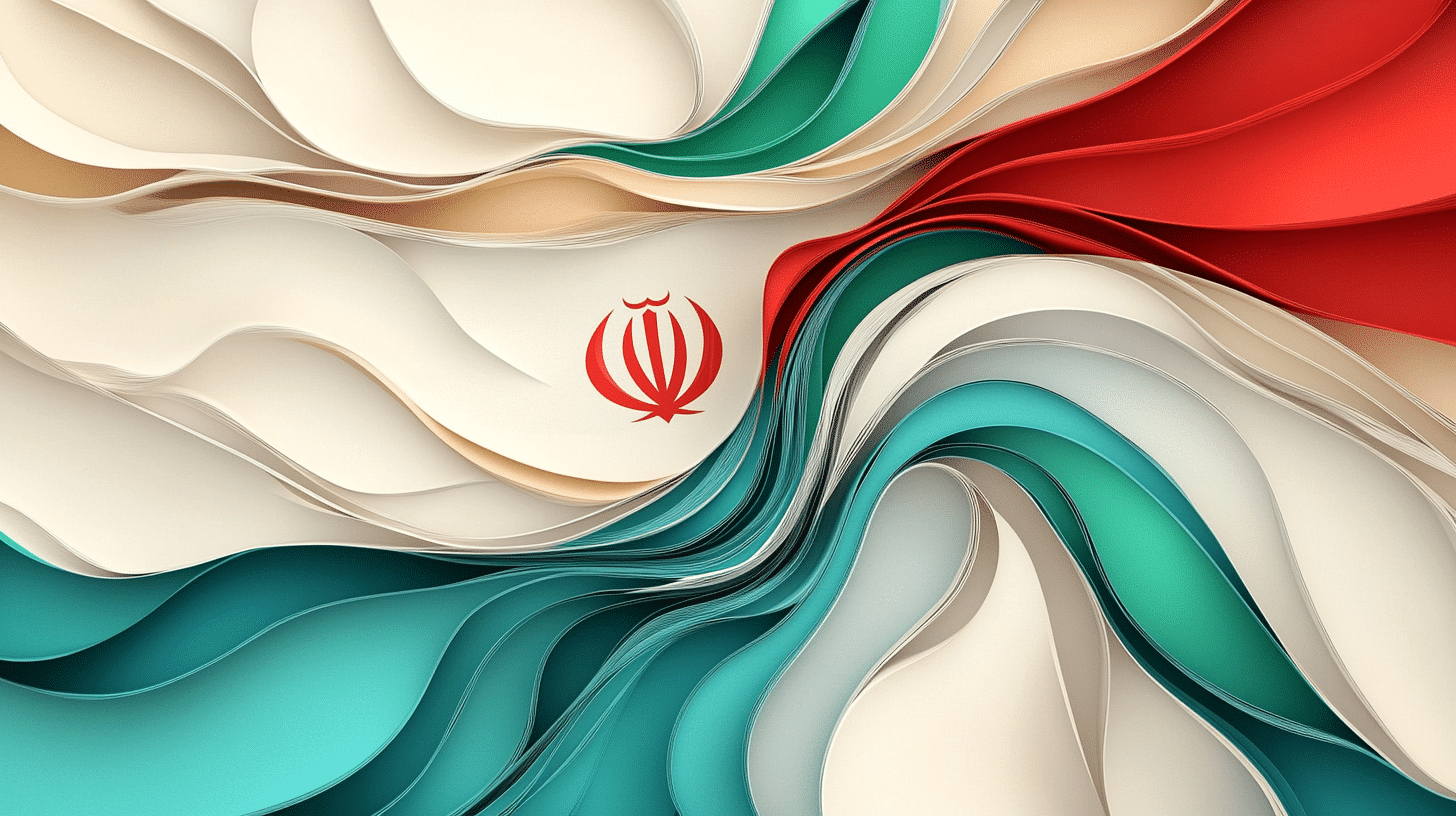What is Republic Day in Iran?
Republic Day in Iran, observed annually on April 1st, commemorates the day in 1979 when the country officially became an Islamic Republic following a national referendum. This significant day marks the establishment of the Islamic Republic of Iran, replacing the Pahlavi monarchy with a system that combines elements of a parliamentary democracy with a theocracy governed by the principles of Shia Islam. The referendum was a pivotal moment in Iranian history, symbolizing a fundamental change in the country’s political, social, and religious landscape.
History and Origin
The origins of Republic Day trace back to the Iranian Revolution of 1979, which resulted in the overthrow of Mohammad Reza Shah Pahlavi, the last Shah (king) of Iran. The revolution was driven by widespread dissatisfaction with the Shah’s rule, including his policies of Westernization, secularization, and authoritarianism, as well as economic inequality and political repression. Following the Shah’s departure from Iran in January 1979, Ayatollah Ruhollah Khomeini returned from exile to lead the country towards establishing an Islamic Republic. The referendum held on March 30 and 31, 1979, asked the Iranian people to vote yes or no to the establishment of an Islamic Republic, with a landslide majority voting in favor.
Who Celebrates Republic Day in Iran?
- The Government of Iran: Organizes and conducts official ceremonies, military parades, and speeches by political leaders.
- Iranian Citizens: Participate in various celebrations and public gatherings to mark the day.
- Educational Institutions: May hold special events or programs to educate students about the significance of Republic Day and the history of the Islamic Republic.
Slogans and Themes
Republic Day is celebrated with themes of national independence, Islamic governance, and unity. Slogans and messages often focus on the achievements of the Islamic Revolution, the importance of sovereignty, and the role of faith in the nation’s governance. Themes also emphasize the values of justice, freedom, and resistance against oppression, reflecting the principles that guided the revolution.
Colors, Symbols, and Patterns
- Colors: Green, white, and red, the colors of the Iranian flag, are prominently displayed to symbolize Islam, peace, and courage, respectively.
- Symbols: The emblem of the Islamic Republic of Iran, which features stylized representations of the word “Allah,” a tulip (a symbol of martyrdom), and stripes representing the flag, is widely used. Other symbols include images of Ayatollah Khomeini and other figures significant to the revolution and the establishment of the Republic.
- Patterns: Islamic art and calligraphy, especially those featuring verses from the Quran or revolutionary slogans, are common during celebrations.
Most Used Hashtags
- #RepublicDayIran
- #IslamicRepublicDay
- #IranRevolution
- #April1st
How to Celebrate
- Official Ceremonies: Attending or watching broadcasts of military parades, speeches by political leaders, and other official events organized by the government.
- Educational Programs: Participating in school and community programs that discuss the history of the Islamic Republic and its significance.
- Public Gatherings: Joining public celebrations and gatherings where national pride and the achievements of the revolution are commemorated.
- Reflecting on History: Using the day to reflect on the changes brought about by the revolution and to discuss the impact of these changes on Iranian society and the wider world.
Republic Day in Iran is a moment of national reflection and celebration, marking a defining event in the country’s history. It is a day when Iranians commemorate the establishment of a system based on Islamic principles and values, reflecting on the journey since the revolution and its implications for Iran’s future.
Features
April 1: Republic Day (Iran)
Why do you keep falling for the same type?
Read the article Lovemaps: the hidden blueprint of our love.

